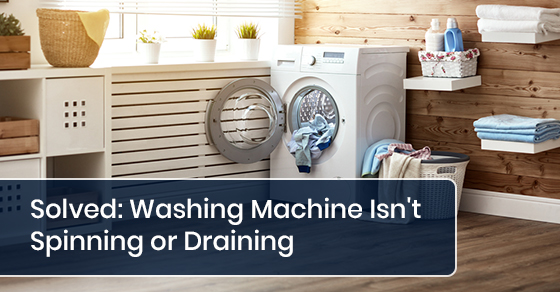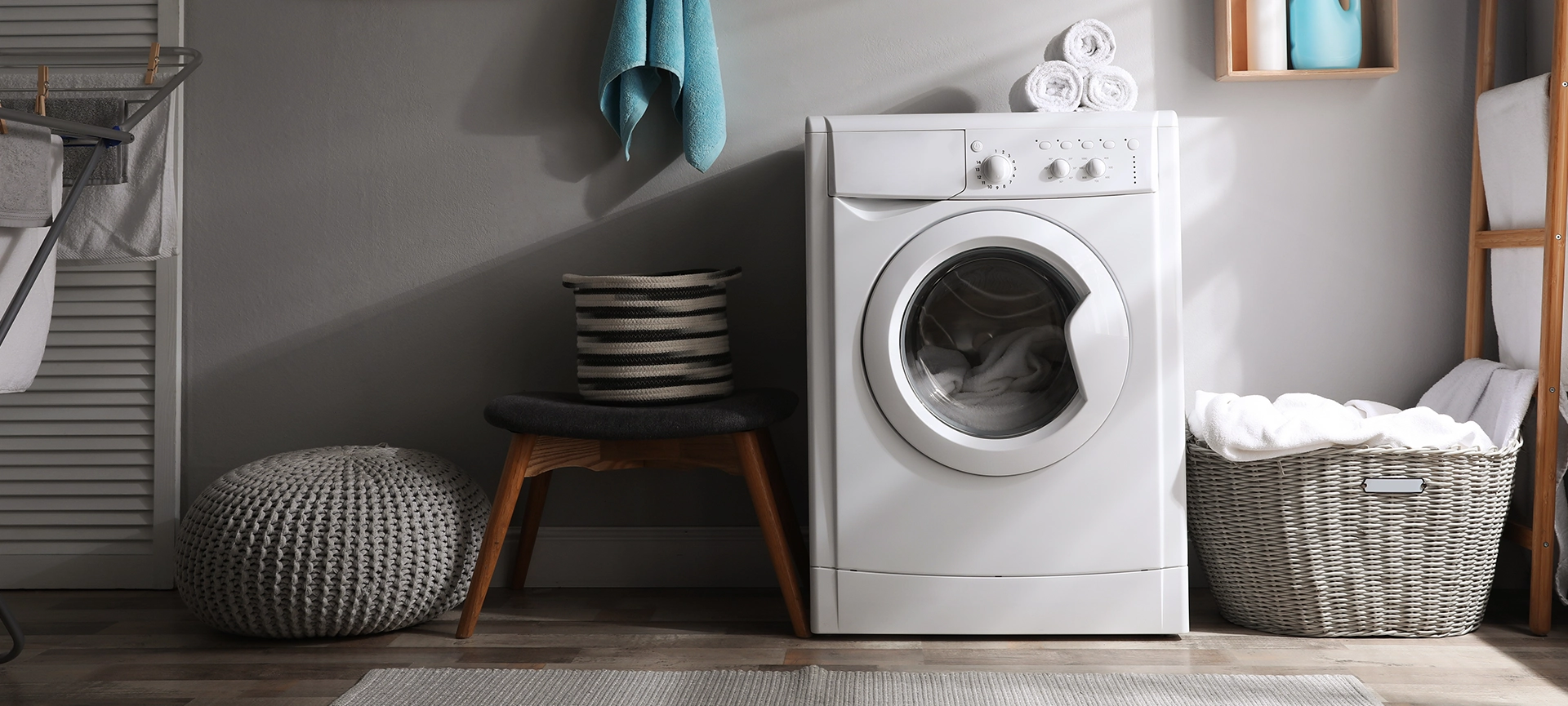The average Canadian washing machine regularly gets “put through the wringer.” The larger the family, the more clothing a washing machine takes on in the span of a week. Over time, machines wear down; parts can break, and spinning or draining problems ensue. Eventually, a washing machine technician needs to be called.
At Prime Appliance Repairs, we understand better than most what an unruly washing machine can mean for your daily life. These machines don’t just regulate our flow of clean clothing, but clean bed linens, towels, and more. When they don’t work, entire routines are thrown out of order.
As a leading washing machine technician service here in Toronto, we want our clients to live stress-free when it comes to your laundry. To help our customers better understand what a spin or drainage issue means, we’ve highlighted some of the reasons your machine could be acting up. Check out these symptoms and solves for washing machine failure.
Areas to Watch for Drainage Issues
Your washing machine is made up of several moving parts, and each one is essential to the balance of the cleaning process. In other words, when one part begins breaking down, other areas of the machine may suffer, such as drainage or the spin cycle. Here are some of the areas you may notice problems within your machine:
Malfunctioning Pump
The pump is a part of your washing machine, forcing water to leave the machine and drain it out through the hose. Depending on your model, the pump in your machine could be located on the back or front side. The machine manual will tell you which, but it is best to leave the removal of the pump to a washing machine technician.
Before your technician looks at the pump, he or she will unplug the machine to ensure there is no risk of electrocution. Then the technician will proceed to remove a panel covering the pump area. The pump includes several small parts such as a screen, fan blades, and more. Your technician will look the pump over to determine if parts are missing or if cracks could be causing the drainage issues.
Broken Hose
Following an examination of the pump, your washing machine technician might find that the hose is the issue—the hose leaks from the pump up out of the machine and toward the drain sink. The water from your machine leaves the hose following the bend, which leads it up from the machine and down toward the drain.
If there is a hole before this bend, it could prevent proper suction and flow, leaving water stuck in the tub of your machine, unable to drain through the hose.
Tear in the Drive Belt
The drive belt controls the spin of your washing machine basket. This belt, while durable, is not impervious to damage. If a tear should occur, the belt becomes unable to control the spin that forces water from your clothing before draining.
A broken belt is a big indicator that your machine won’t drain properly. You may notice a lot of water, specifically dirty water, resting at the bottom of the machine if the belt is broken.
Missing Lid Switch
Have you ever opened your washing machine mid-load, only to witness the machine stop working? This is because of the switch on the bottom of your lid, which locks into place and tells your machine it’s ready to go.
When the switch isn’t engaged, there is a risk of leakage, which many modern machines are made to avoid. The lid switch is a small plastic piece, and if it isn’t clicking into place, it could be the culprit for your inability to drain the machine.
Related article: What Is the Cost of Washing Machine Repair in Toronto?
Draining a Broken Machine
When you realize your washing machine isn’t draining properly, calling a washing machine technician is the best step to take. Technicians are trained in washer repair, and work with many different models, ensuring your machine isn’t damaged while diagnosing or repairing the problem.
Some of the ways a professional technician fixes a broken machine include:
- Removing any clogs
- Replacing the pump
- Installing a new hose
- Assembling or replacing the lid switch
- Removing and replacing the drive belt
All these jobs require tools and knowledge of your unique washing machine model. While some Canadians attempt a DIY washer repair, there is always the possibility that something could go wrong mechanically or electrically. To avoid danger, prevent time waste, and keep your machine in the best possible shape, Prime Appliance Repairs is here to help.
Things You Can Do to Help Your Washing Machine Drain
Of course, there are a few things you can do as a machine owner to ensure drainage. Some machines include a feature called a coin trap. As the name suggests, the coin trap is there to catch any loose change and other things that come out of our pockets in the wash, and which could potentially get lodged inside the machine. Regularly checking your coin trap, just as you empty the lint tray on your drying machine, keeps your washer running smoothly.
If you don’t have a coin trap, take the time to check your machine for buttons, coins, and other loose items that may have fallen inside. Clean your machine regularly, and ensure it isn’t being overfilled with soap or fabric softener.
You can also help your washing machine technician by checking the inside of the machine for visible signs of wear and checking your hose for holes or cracks. These tasks don’t involve the use of tools and can be helpful to a repair technician during your initial call to help them prepare for the task ahead.
To learn more about why your washing machine isn’t draining, call Prime Appliance Repairs at 1-647-952-1517 or contact us here.







